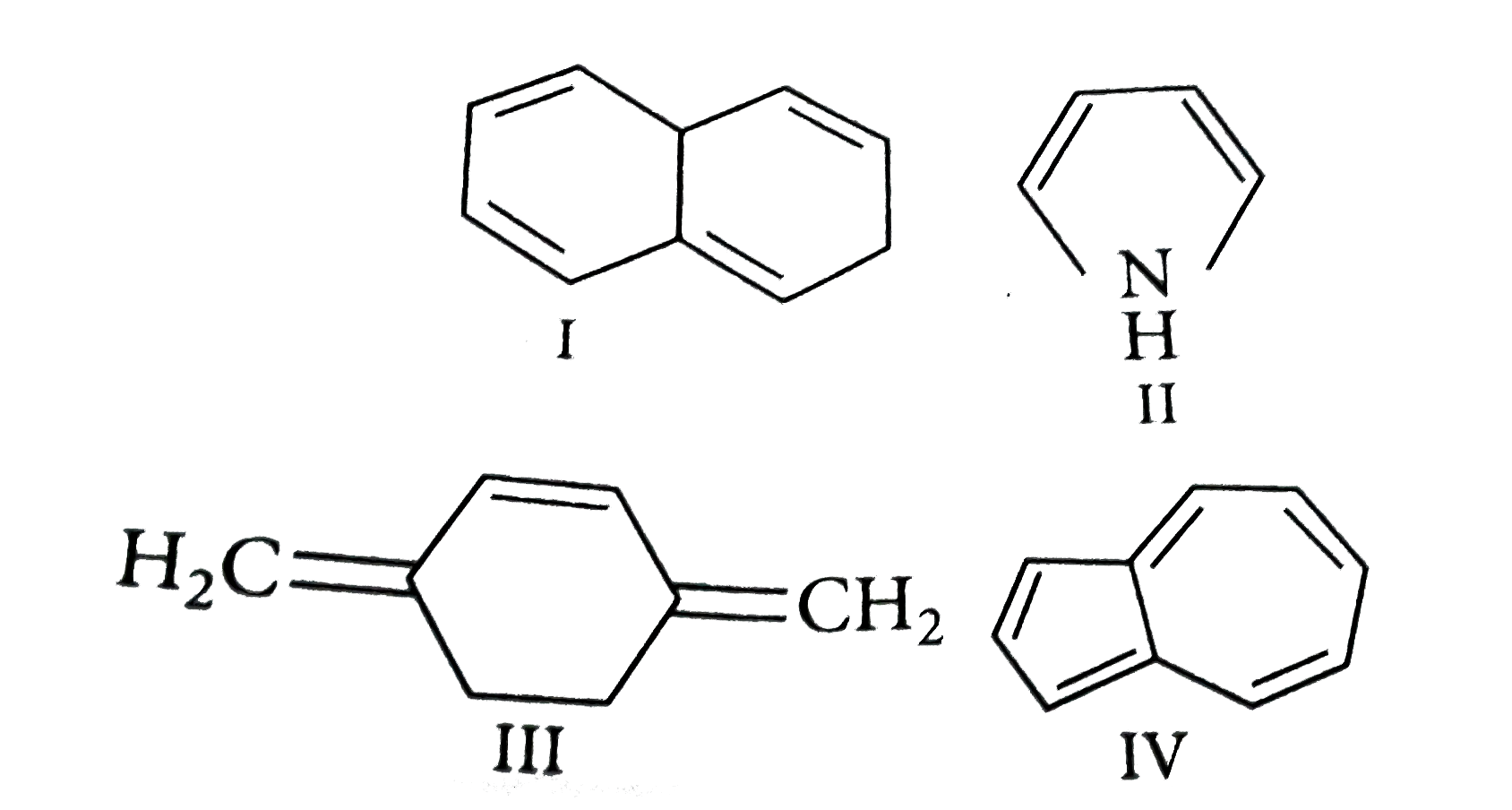Which of the following exhibits metagenesis
(a) Hydra
(b) Adamsia
(c) Aurelia
(d) Obelia
Hydra
Adamsia
Aurelia
Obelia.
The correct Answer is:D
To solve the question regarding which organism exhibits metagenesis, we will follow these steps:
Step 1: Understand the concept of metagenesis
Metagenesis refers to the alternation of generations in the life cycle of certain organisms, specifically involving both asexual and sexual reproduction. In this context, it typically involves a polyp form (asexual) and a medusa form (sexual).
Step 2: Analyze each option
- (a) Hydra: Hydra primarily reproduces asexually through budding and does not exhibit a medusa stage. Therefore, it does not show metagenesis.
- (b) Adamsia: Adamsia, a type of sea anemone, primarily reproduces sexually and does not have a clear alternation between asexual and sexual forms. Thus, it does not exhibit metagenesis.
- (c) Aurelia: Aurelia, commonly known as the moon jellyfish, does exhibit a life cycle that includes both a polyp stage (asexual) and a medusa stage (sexual). However, it is not the best example of metagenesis compared to Obelia.
- (d) Obelia: Obelia is a colonial organism that exhibits both asexual reproduction (through polyps) and sexual reproduction (through medusa). This clear alternation between the two forms makes Obelia the best example of metagenesis among the options provided.
Step 3: Conclusion
After analyzing all the options, the organism that exhibits metagenesis is (d) Obelia.
---
Metagenesis refers to the alternation of generations in the life cycle of certain organisms, specifically involving both asexual and sexual reproduction. In this context, it typically involves a polyp form (asexual) and a medusa form (sexual).
- (a) Hydra: Hydra primarily reproduces asexually through budding and does not exhibit a medusa stage. Therefore, it does not show metagenesis.
- (b) Adamsia: Adamsia, a type of sea anemone, primarily reproduces sexually and does not have a clear alternation between asexual and sexual forms. Thus, it does not exhibit metagenesis.
After analyzing all the options, the organism that exhibits metagenesis is (d) Obelia.
Topper's Solved these Questions
- BOOK - DINESH PUBLICATION ENGLISHCHAPTER - COELENTERATA AND CTENOPHORA (OR CNIDARIA AND ACNIDARIA)EXERCISE - CYG10videos
COELENTERATA AND CTENOPHORA (OR CNIDARIA AND ACNIDARIA)
- BOOK - DINESH PUBLICATION ENGLISHCHAPTER - COELENTERATA AND CTENOPHORA (OR CNIDARIA AND ACNIDARIA)EXERCISE - CYG10videos
COELENTERATA AND CTENOPHORA (OR CNIDARIA AND ACNIDARIA)
- BOOK - DINESH PUBLICATION ENGLISHCHAPTER - CHROMOSOMAL BASIS OF INHERITANCEEXERCISE - Check Your Grasp57videos
CHROMOSOMAL BASIS OF INHERITANCE
- BOOK - DINESH PUBLICATION ENGLISHCHAPTER - DIGESTION AND ABSORPTIONEXERCISE - CYG10videos
DIGESTION AND ABSORPTION
Similar Questions
Knowledge Check
- Question 1 - Select One
Which of the following exhibits mutualism ?
AMycorrhizae living on the roots of higher plants.BWasps pollinating fig inflorescence.CSea anemone often found on the shell of hermit crabDAll of these
Which of the following cnidarian exhibits metagenesis?
View SolutionWhich of the following exhibit mutarotation?
View SolutionWhich of the following exhibits variable valency?
View SolutionWhich of the following will exhibit aromatic character?
 View Solution
View SolutionWhich of the following tissues is absent in Hydra?
View SolutionWhich of the following will exhibit geometrical isomerism?
View SolutionWhich of the following ions exhibits d-d transitions and paramagnetism as well?
View Solution

